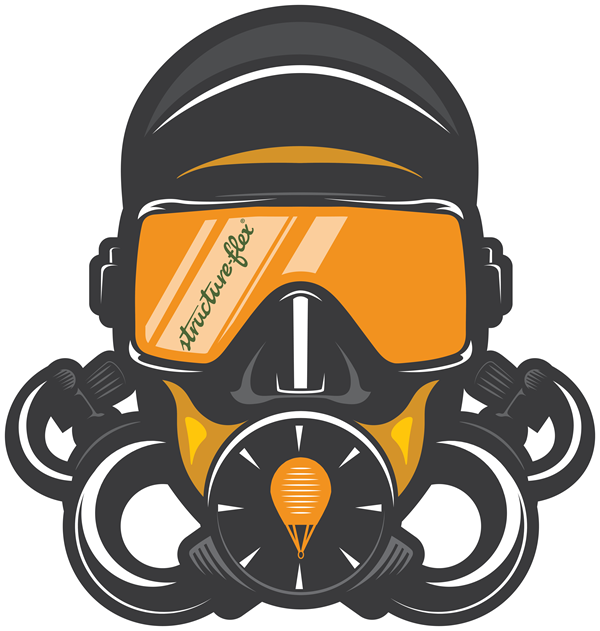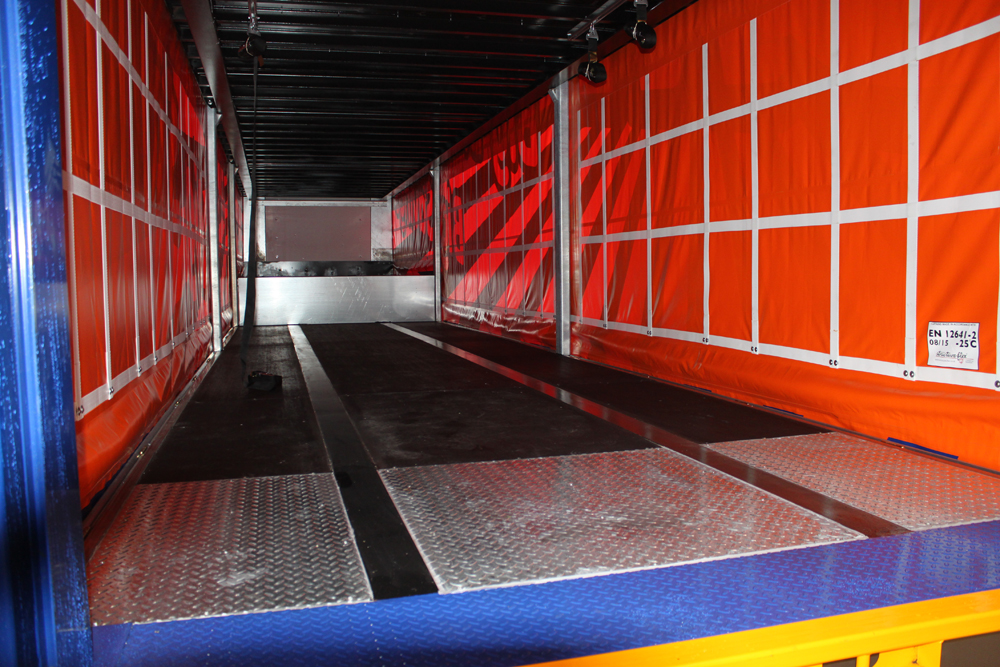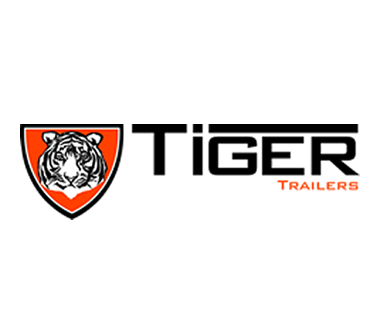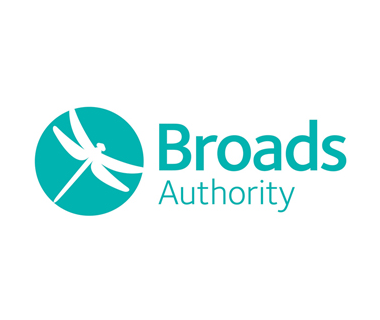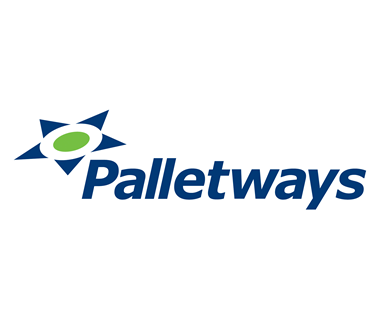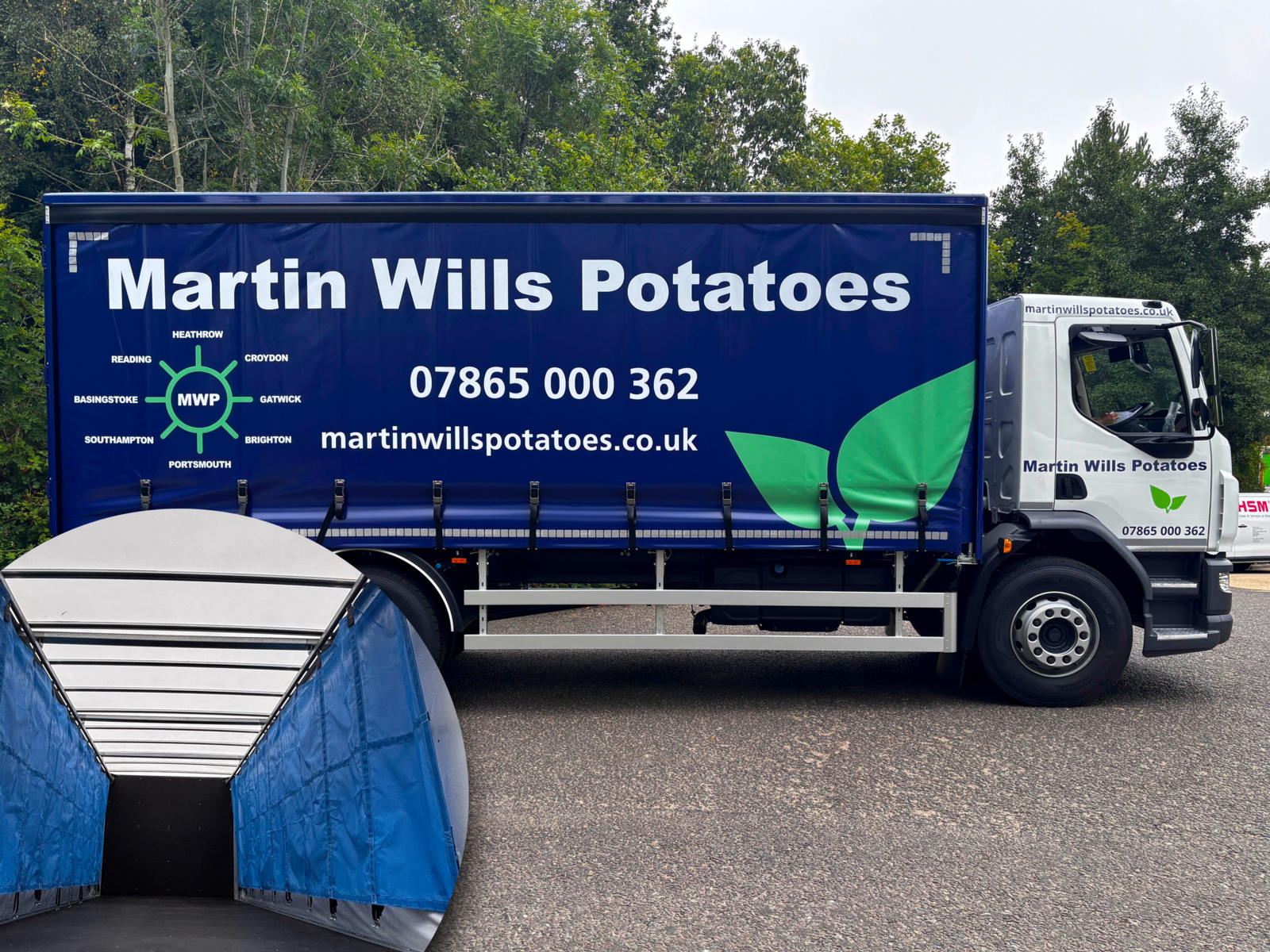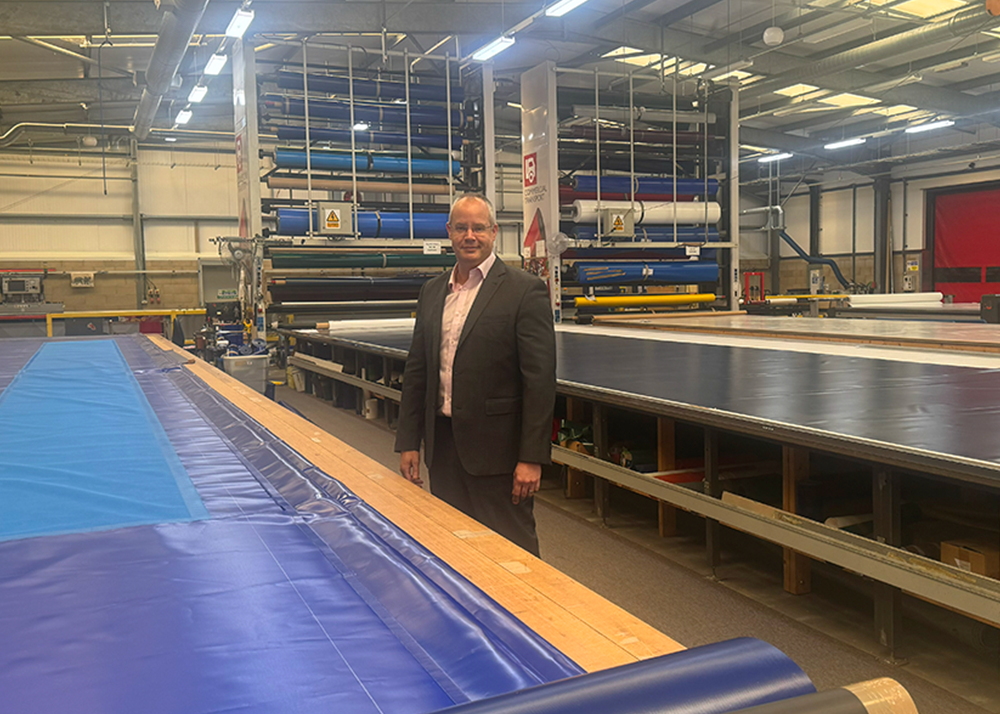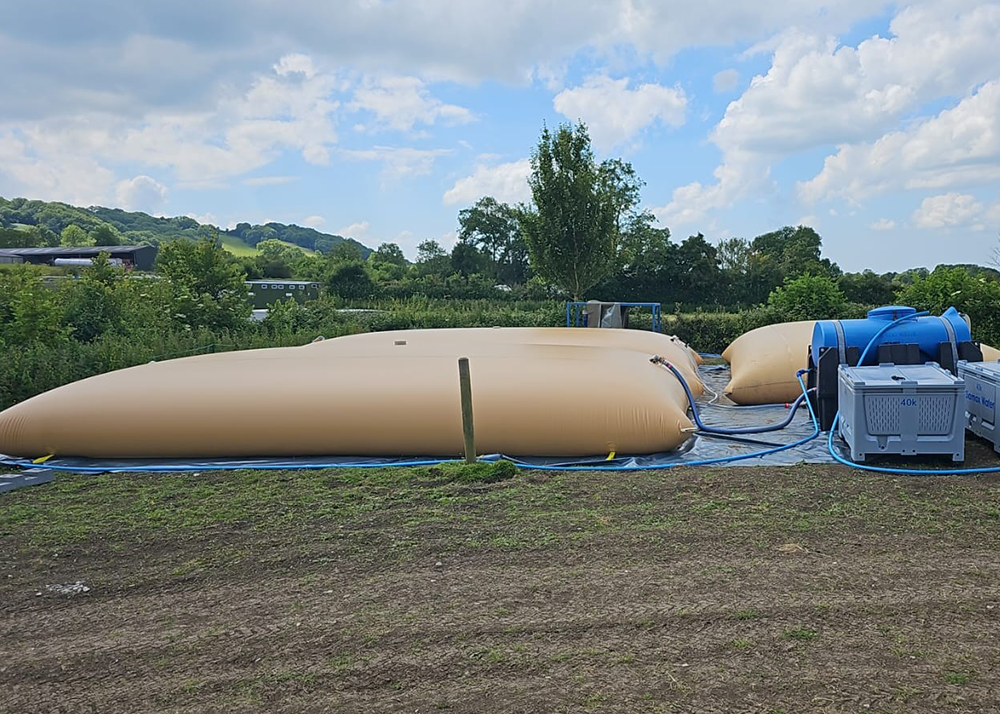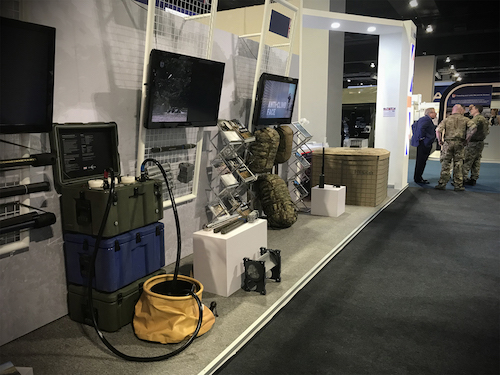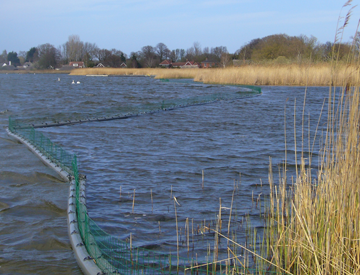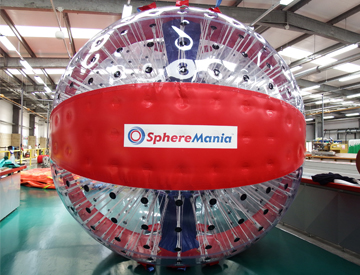Trailer curtain design is pivotal for safety
With health and safety high on the list of priorities for distributors, installing the most suitable trailer curtains for a fleet is a decision that requires careful thought.
Taking a customised approach to design and manufacture is likely to bring the best results, and whether the requirement is for an individual curtain, a fleet refurbishment project or complete new build, the specification for each curtain may differ greatly depending on the trailer use.
Health and safety is of paramount importance in the logistics industry and, over time, curtainsiders have developed from simple flat sheets and tarpaulins through welded curtains to pocket strap and ‘load bearing’ up to the current specification of EN-rated curtains.
Load restraint has also evolved over this time, although at a less drastic rate; some of the items currently in use have been around for quite some time. Many of these items are perfectly suited for the application required, however, it is the quality and use that has changed.
“It is no longer deemed acceptable to use Siamese straps suspended from a ridge pole on curtain-sided vehicles,” explains Paul Reeve, Managing Director at Structure-flex, one of Europe’s leading suppliers of products manufactured from flexible thermoplastic coated fabrics. “Nor is it considered suitable to attach hooks to anything other than specific lashing points.
“The lashings themselves have to be capable of performing the task required and suitably labelled so as to demonstrate this capacity. Health and safety legislation covering Working at Height, together with the Best Practise Guidelines, adds further restraints – throwing the tail end of a ratchet strap over the load, for example, is somewhat frowned upon nowadays.”
Legislation
The legislation governing unsafe loads and the guidance as to securing specific items has been in existence for quite some time and the foreword in the latest guidance by the DVSA covering Load Securing states: “The securing of a load should be of primary concern for all road users, whether using a seat belt to secure our loved ones in the family car, or transporting groceries in lorries to the local supermarket”.
The current government guidance on load restraint still suggests that curtain-sided vehicles should use additional load restraint and that the curtains are designed as weather protection only. The only exceptions to this rule are vehicles manufactured to the European Standard EN 12642 XL, which incorporate curtains that have been manufactured to a specific standard and where the body structure, including the curtains, has been tested and approved accordingly.
Recently, the rules have been enforced strictly and prohibition notices have been issued for vehicles with obviously deficient or even non-existent load restraint.
EN-rated curtains
Whilst this legislation covers the vehicle structure, it does specify the construction and capabilities of the side walls including any curtains fitted. It is still permissible to fit standard curtains to any vehicle as long as it is acknowledged that these curtains are simply for weather protection and have no load bearing capabilities whatsoever; these are classed as L rated curtains in the legislation.
Reeve continues: “Structure-flex supply EN-rated curtains to body builders that manufacture and market vehicles that have passed the appropriate test and are badged as such, but the important point to remember is that the EN legislation refers to the testing of vehicle body structures, including the curtains, and is therefore based upon curtains fitted to that particular vehicle.”
Curtains fitted to any vehicle that has passed the testing and can display the XL rating must be constructed in accordance with the guidelines set out, or have been manufactured and tested upon the vehicle in question.
Structure-flex manufactures and supplies EN – XL rated curtains to a number of manufacturers in the UK where there is documentation acknowledging that the vehicle has passed the correct tests. In that respect, the badge is simply fitted to the curtains/vehicle to demonstrate this fact and the driver or owner should be in possession of the supporting documentation to substantiate this claim.
Reeve concludes: “Most curtainsiders may be tailored to suit the load and company working practises, so the decision as to which system is most fit for purpose needs to be both informed and correct. Our advice would be to approach a reputable manufacturer that offers a comprehensive range of curtains and a complete guidance service.”






